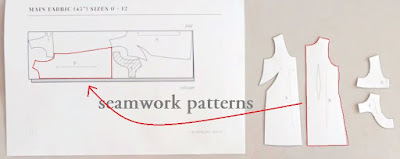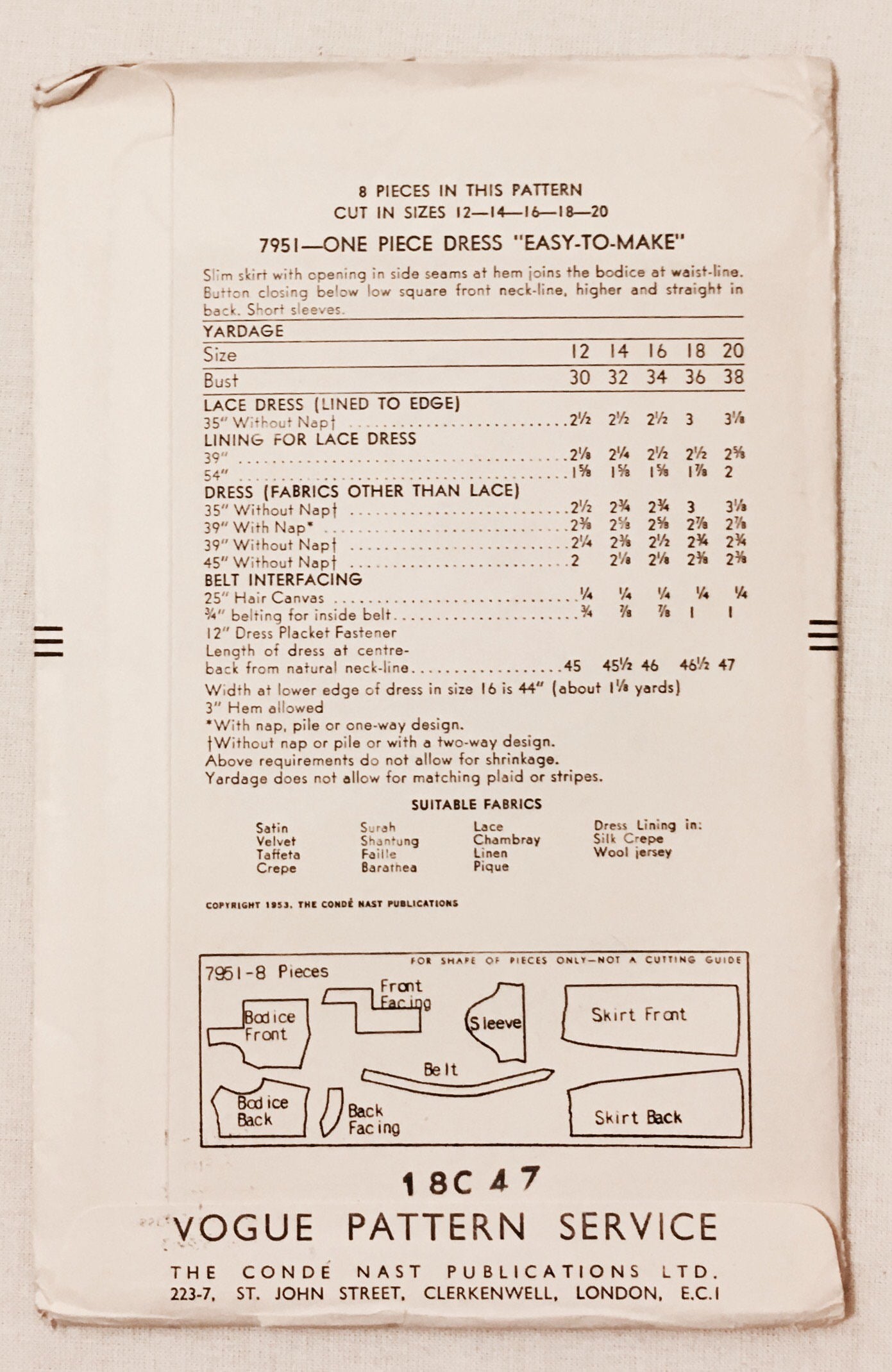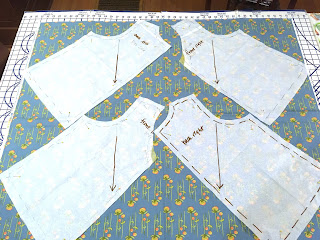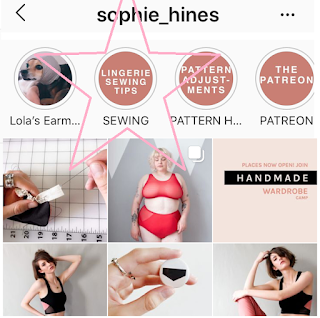Finally!
This show was due to open in April, got caught in the Coronavirus shut down, and just opened last weekend.
https://www.gudrunsjoden.com/en-us/inspiration/spring-summer-2020/gudrun-sjoden-a-colourful-universe?
You've already seen the tunic from the online gift shop sale.
I bought my timed ticket for Sept 6.
Of course, we are testing out how to maneuver in a museum now, so part of my interest was seeing how they would manage the space.
Sorry, I did not take photos of the floor markers. Here's one from the Seattle Symphony offices.
The show is fine. The pieces aren't really separated by when they were designed, so there's no 'this is my design journey' here. More of a 'these are my influences' tour.
Which is a fine choice.
She does show her process with examples of inspirational items
 |
| these items were not identified either |
The kantha embroidery on the upper textile and the textile without below, used in the same ensemble
Some embroidery examples from many places. Unidentified individually.
catalog cover collage
Close up on the 1980 cover, as that dress was a big revival piece that year. We were just coming off the whole Folkwear/Gunne Sax/ peasant dress style movement here in the US at that time. I can still see making a jumper/pinafore of this in striped ticking with rivets. Industrial adorable.
All of this is online at the exhibition website
Four outfits from different decades, with embroidery hoops for signs.
I'm not going into a lot of detail on this show. The show didn't, so I don't know how to.
The clothes were not captioned or labeled, so if they were from different collections, I have no idea (and I'm kind of a fan from the beginning: I went to the Berkeley shop soon after they opened, and I live in Seattle so it's not like I drove around the corner for it).
(for more on the GS brand and fans in the USA
https://www.latimes.com/archives/la-xpm-1994-09-02-ls-34083-story.html)
It wasn't a museum exhibit giving you a third person view of the creator; it came as is from Sjoden's company.
I didn't get the catalog of the show;
I felt a little let down by that point.
I do like the presentation. The paintbrush heads are cool
Lots of watercolors. They might be originals.
There's no knowing that.
It felt like a pop up shop, with funky displays of clothes that look a lot like what is available for sale now (Sjoden's work is 'timeless', or very similar from season to season).
The gift shop is already out of the larger sizes (putting stuff on discount ahead of time ate into their stock).
I like her stuff. I get their emails. You get the emails if you have read this far. I like Tina Givens.
It's your lagenlook
with the same too-small sleeves and oversized body and cheerfully mismatched prints in coordinated color palettes.
I enjoyed seeing the clothes, but if you live near a shop, you're seeing the same things. I wanted to know more about her and the company, and I didn't get what I wanted. I often complain about reviews that just feature what the critic thought the program should have been, and I don't want to do that here, but it's apparently where I have landed.
It was a very pretty show.
I like this museum, I appreciate how it grew out of a community center and its struggle to be an international center of a part of the world's heritage. It has that strivers' self congratulatory tone it's always had. At this point in time in America, I honestly feel a little weird listening to the recordings of Nordic people celebrating how wonderful they are, when all the people speaking are middle class white people.
Which is not the entire Nordic experience,
but it's the experience of the people who donated money here. Hard work, and Socialism Lite.
There's a tip of the hat to the Salmi, but they aren't in the videos.
I'm not knocking this place.
This museum has done some nice work;
recent example was a touring exhibition of the work of Jacob Riis.
https://en.wikipedia.org/wiki/How_the_Other_Half_Lives
No photos allowed, so don't tell anyone.
In the other end of the same exhibit room, they had large scale photographs of 21st century immigrants to Denmark. Also no photos allowed, but you can see some of them here:
https://www.nordicmuseum.org/exhibition/legacy
 |
| photo from "Legacy" exhibit Danish photography |
It was really well considered, and I give them major props for combining the past poverty in New York with present poverty in Denmark in one room. It's the sort of thing a good curator can put together in a public space, given the latitude and opportunity.
So the Sjoden pays the bills. That's cool.



















































